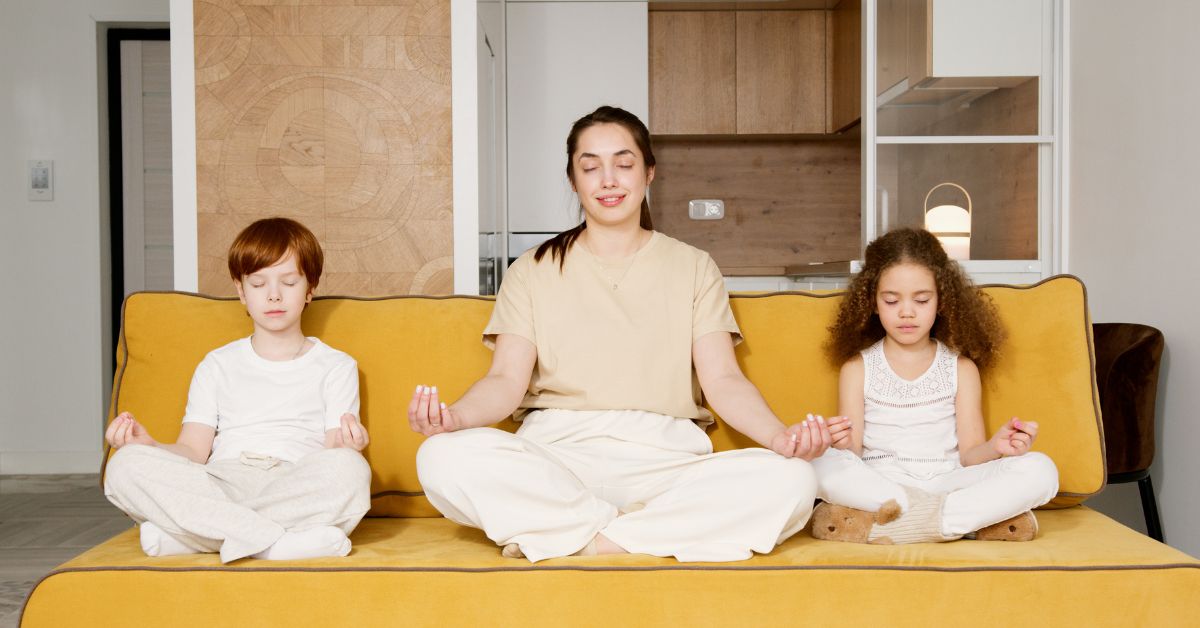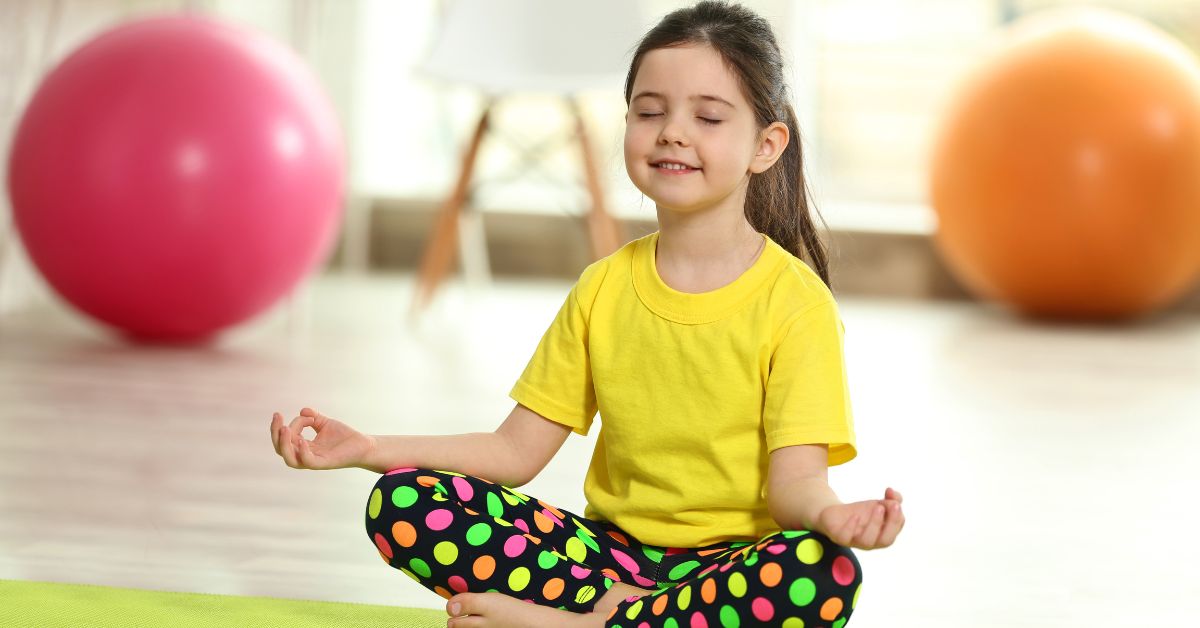Homeschooling is about more than just academics; it’s also an opportunity to nurture your child’s emotional and mental well-being. Incorporating mindfulness into your day can help create a calm and focused environment as your child develops essential life skills like self-awareness, emotional regulation, and resilience. Mindfulness in homeschooling isn’t hard to implement, and even simple practices can lead to meaningful changes in how your household functions. Below, we’ll explore practical ways to integrate meditation and mindfulness activities into your routine to benefit both you and your children.
Mindfulness isn’t just a trendy concept. It has well-documented benefits for children, especially those learning in a homeschool environment. The ability to pause, reflect, and be present can transform how kids approach learning and handle challenges. For homeschoolers, mindfulness practices help:
- Foster focus and attentiveness during lessons.
- Reduce feelings of stress or overwhelm, especially when tackling difficult subjects.
- Strengthen emotional intelligence, teaching children to name and process their emotions.
- Build greater self-confidence by helping children feel in control of their thoughts and reactions.
- Support better communication and collaboration within the family environment.
A mindful household often feels more balanced and peaceful, making the homeschool experience enjoyable for everyone involved.
Meditation For Homeschool Students
Meditation is a key aspect of mindfulness that can be adapted for children of all ages. Even if your child isn’t used to sitting still, there are many accessible ways to introduce meditation into your homeschool day.
Start with Breathing Exercises
One of the simplest ways to introduce meditation is through mindful breathing. Teaching your child to slow down and focus on their breath can be a quick and effective way to reset after a stressful moment. Try these ideas:
- Guide your child to close their eyes and take a deep breath in for four counts, hold for four counts, and exhale for four counts.
- Encourage them to notice the sensation of air entering and leaving their nose or how their chest rises and falls.
- Practice a “breathing buddy” exercise, where your child lays down with a stuffed animal on their belly, watching it rise and fall as they breathe.
These exercises don’t take long and can even be done between subjects to help your child refocus.

Guided Meditations
Guided meditations are another excellent way to introduce mindfulness, especially for younger children or those new to the concept. Find short, kid-friendly meditations online or through apps like Headspace or Insight Timer. These meditations often include soothing music and imagery that helps children relax and visualize calm, happy scenarios.
For example, a guided meditation might walk your child through imagining a sunny meadow or a peaceful forest. These stories can help them unwind while bringing their focus to the present moment.
Morning Meditation Rituals
Starting your day with meditation sets a positive tone for learning. Choose a short activity that you can practice as a family. For instance:
- Begin with a gratitude practice, asking each person to name one thing they’re thankful for.
- Light a candle or ring a bell to signal the start of a “mindful moment,” where everyone sits quietly for two to five minutes.
- Encourage reflection by asking your child questions like, “What is something you feel excited about today?”
These simple practices don’t require much time but can create a peaceful mindset that carries through the rest of the day.
Movement-Based Meditation
Not every child enjoys sitting still, and that’s okay. Movement-based meditation is perfect for children who learn better through physical activity. Consider these options:
- Yoga
Introduce simple yoga poses, like child’s pose or downward dog, and pair them with deep breathing. Many online videos are tailored specifically for kids. - Mindful Walking
Take a slow walk around your backyard or neighborhood, encouraging your child to notice how their feet feel as they touch the ground or focus on the sounds around them.
Movement-focused meditation combines physical activity with mindfulness, which helps to engage energetic learners and reinforce those same calming and centering benefits.
Homeschool Mindfulness Activities
Mindfulness doesn’t always have to involve sitting still and meditating. There are countless activities that can teach mindfulness in fun and creative ways, making the practice feel accessible and enjoyable.
Creative Exercises
Creativity can be a powerful way to practice mindfulness. It encourages children to focus fully on the task at hand and channel their inner thoughts in a peaceful manner. Some ideas include:
- Mindful Coloring
Give your children intricate coloring pages or blank paper, encouraging them to focus on the colors, patterns, and strokes they use. It’s a relaxing yet engaging activity. - Nature Mandalas
Go on a nature walk to collect flowers, leaves, and stones, then work together to arrange the items into a mandala design. This combines creativity, mindfulness, and outdoor exploration. - Sensory Art
Activities like finger painting or using clay can also introduce mindfulness by encouraging kids to focus on textures and sensations.
Outdoor Activities
Spending time in nature is naturally calming and the perfect setting for mindfulness activities. Consider these simple options:
- Listening Walks
During outdoor walks, focus on using your senses. Ask your child to identify five different sounds, such as birds singing or leaves rustling. - Grounding Practices in Nature
Sit outside and use the “5-4-3-2-1” technique, where your child lists five things they see, four things they hear, three things they feel, two things they smell, and one thing they taste (if applicable). - Cloud Watching
Lie on a blanket outside with your child and spend some quiet time observing clouds. This is a great way to practice being present without overcomplicating the process.
Mindfulness Games
If your child thrives on playfulness, turn mindfulness into a game. Here are a few ideas:
- Spidey Senses
Encourage your child to activate their “spidey senses” by pretending to be a superhero who notices every sound, smell, or movement for one minute. - Silent Observation Contest
Sit in silence for one minute and then compare notes on how many sounds, sights, or smells you both noticed. - Mindful Jars
Create a glitter jar with water, glitter, and glue. Shake it up and watch the glitter settle. This visually teaches children how their minds calm down when they pause and observe.
Developing Mindfulness Habits as a Family
Building mindfulness into your homeschool day doesn’t need to be time-consuming or complicated. Small additions can make a big impact when done regularly.
One idea is to create a mindfulness corner in your home. Use a quiet space with comfortable pillows, soothing tools like coloring pages or sensory bottles, and calming visuals like a plant or nature poster. Encourage your child to visit this space for breaks during the day.
Another habit is tying mindfulness to everyday moments. For example, practice a moment of gratitude before meals or take a few calming breaths together as part of your bedtime routine. These practices remind your child that mindfulness isn’t just about sitting cross-legged in silence; it’s an ongoing skill they can use in any setting.
Journaling is a particularly powerful way to teach mindfulness, especially for older children. Offer prompts like, “What made me happy today?” or “What’s something I could do differently tomorrow?” Encouraging your child to write about their thoughts or emotions helps foster self-awareness and perspective.
Handling Challenges With Mindfulness
Introducing mindfulness can take time and patience. Some children may resist trying something new or feel restless during practices. Here’s how to handle these challenges:
- Start Small
Begin with a one-minute practice instead of something longer. Gradually extend the time as your child becomes more comfortable. - Offer Choices
Allow your child to choose activities they enjoy, whether it’s yoga, coloring, or sensory play. - Stay Flexible
Avoid setting rigid expectations. The goal is to bring mindfulness into your home in a way that feels natural and supportive. - Model the Behavior
Children learn through observation. Practice mindfulness yourself and share how it helps you, whether it’s calming your mind or improving focus.
With time and consistency, mindfulness in homeschooling will feel as natural as any other part of your day. It’s a simple yet meaningful tool that benefits not only your child’s education but also their overall well-being. By starting small and emphasizing creativity and fun, you’ll instill habits that help your children lead more balanced, resilient lives.





